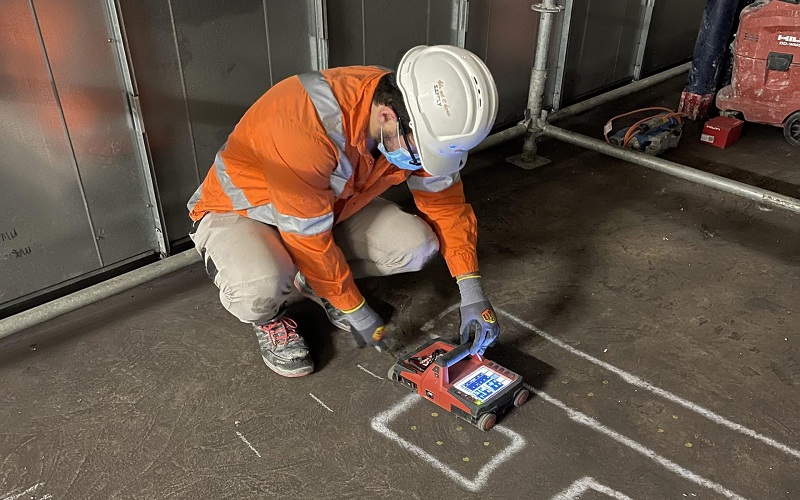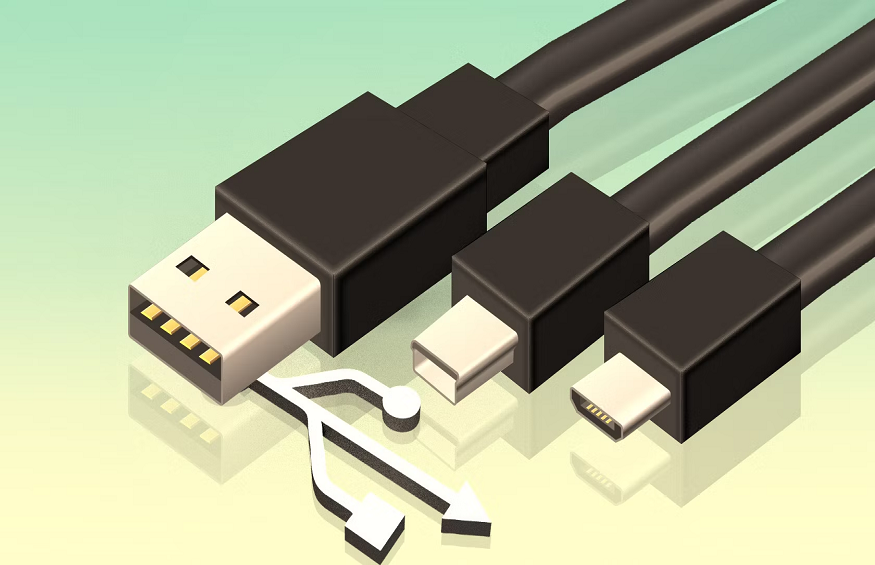Concrete is the bedrock of modern construction, providing the solid foundation on which our infrastructure stands. However, beneath that seemingly impenetrable surface, the presence of voids – hollow spaces within the concrete – can spell disaster for projects ranging from buildings and bridges to tunnels and roadways. Properly scanning concrete for these voids is a crucial step in ensuring the longevity and safety of any structure. In this detailed guide, we will unravel the techniques and strategies used by construction professionals and civil engineers to detect and address voids in concrete.
The High Stakes of Voids in Concrete
Understanding why void detection is so critical begins with appreciating the risks associated with undetected voids. It’s not just a matter of aesthetics or minor flaws; voids can lead to severe structural issues such as settlement, cracks, and, in worst-case scenarios, complete collapse. Additionally, in many concrete structures, voids can serve as hotspots for environmental degradation, leading to accelerated deterioration and shortened lifespans of the structure.
By implementing robust scanning protocols, construction professionals safeguard against these perils, improving the safety of occupants, protecting the public from potential harm, and ensuring that the significant investment in construction is not compromised.
Methods for Void Detection
Ground Penetrating Radar (GPR)
Ground Penetrating Radar (GPR) is a non-invasive geophysical method that uses radar pulses to image the subsurface. In concrete scanning, GPR is employed to detect variations in material properties, including voids. It works by emitting high-frequency electromagnetic waves into the concrete, which bounce back when they encounter changes in the material, thus signalling the presence of voids.
Ultrasonic Pulse Velocity Testing
Ultrasonic Pulse Velocity (UPV) testing is another non-destructive method that utilises the speed of sound in a material to locate voids. A transducer is used to send an ultrasonic pulse across the concrete surface. This pulse travels through the material and is detected by a receiver. By recording the time it takes for the pulse to travel, the UPV method can calculate the integrity of the concrete between the two points, revealing the presence of any voids.
Impact-Echo Testing
Impact-Echo testing is another non-destructive technique that uses stress waves to detect voids in concrete. A technician impacts the surface of the concrete with a mechanical or high-energy impact device, causing stress waves to propagate through the material. The resulting echoes, which are captured by a sensor and analysed, can indicate the existence of subsurface voids.
Infrared Thermography
Infrared Thermography is a non-contact method of detecting and visualising voids in concrete structures. It works on the principle that the temperature of concrete will vary based on its density. By observing the surface temperature distribution using a thermal camera, anomalies in thermal patterns can suggest voids within the structure.
Benefits of Void Detection
Preventing Structural Failures
Early detection of voids allows for prompt remediation, preventing the progression of structural problems that could lead to failure. It grants project stakeholders the opportunity to reinforce or remove affected areas before they become a safety hazard.
Enhancing Safety on Construction Sites
Void detection contributes to safer construction sites by identifying unstable areas in advance. Minimising risks of collapse or instability not only helps to protect the workers but also speeds up the construction process by ensuring it can proceed smoothly and safely.
Ensuring Durability of Concrete Structures
By addressing voids before they can cause larger issues, such as water infiltration or the build-up of corrosive substances, void detection plays a pivotal role in maintaining the durability of concrete structures. A proper assessment can also guide the selection of repair methods, ensuring the longevity of corrections made.
Case Studies in Voids Detection
Bridge Construction and GPR
In a major bridge construction project, utilising GPR allowed engineers to detect voids left in the concrete during the pouring process. This discovery led to immediate remediation, averting a potentially catastrophic scenario.
High-Rise Building Maintenance
During regular maintenance of a high-rise building, UPV testing uncovered voids in the central support column. This early detection not only allowed the voids to be repaired but also led to a reassessment of the building’s overall structural integrity.
Challenges in Void Detection
Accuracy Limitations
No scanning method is infallible, and each has its limitations. For example, while GPR can provide highly detailed images of the subsurface, it may not always differentiate between voids and other anomalies like pipes or conduits.
Cost Considerations
The use of high-tech equipment such as GPR or IR thermography may add significant costs to a project. Balancing budget constraints with the need for accurate void scanning is a common challenge faced by construction professionals.
Interpretation of Results
The data provided by void detection methods must be carefully interpreted. It requires skilled technicians who can correctly analyse the results and make informed decisions on the appropriate next steps.
Best Practices and Recommendations
Regular Inspection Schedules
Regular, systematic inspections using a variety of detection methods should be a standard practice in construction management. In situ, post-construction, and periodic maintenance inspections can together provide a comprehensive view of voids in concrete structures over time.
Collaboration Between Engineers and Technicians
Strong collaboration between structural engineers who design the concrete structures and the technicians who conduct the void detection tests is essential. By combining theoretical knowledge with practical data, the detection process becomes both more accurate and more insightful.
Continuous Training on Void Detection Technologies
The field of void detection is continually advancing, with new technologies and methods emerging. Fostering a culture of lifelong learning and providing regular training on the latest detection tools ensures that the construction workforce stays at the forefront of best practices.
Conclusion
Detecting voids in concrete is a critical task that demands attention to detail, the use of sophisticated technologies, and a commitment to ongoing education and best practices. For construction professionals and civil engineers, mastering the art of scanning for voids isn’t just a technical requirement; it’s an ethical imperative and a demonstration of their dedication to quality and safety in construction. By understanding the risks, deploying the right methods, overcoming challenges, and following industry-proven practices, the industry can continue to build on a solid, safe, and void-free foundation.




